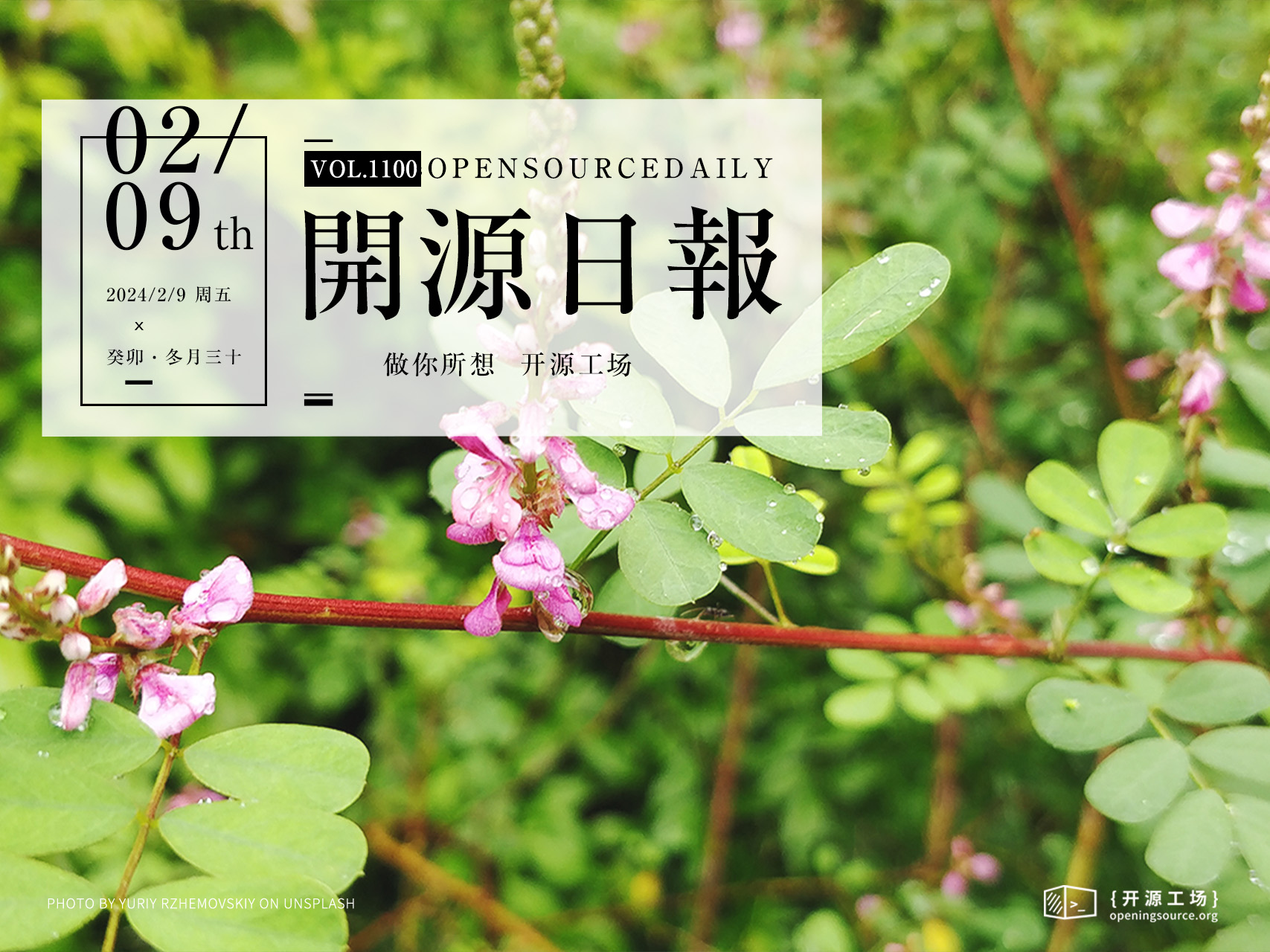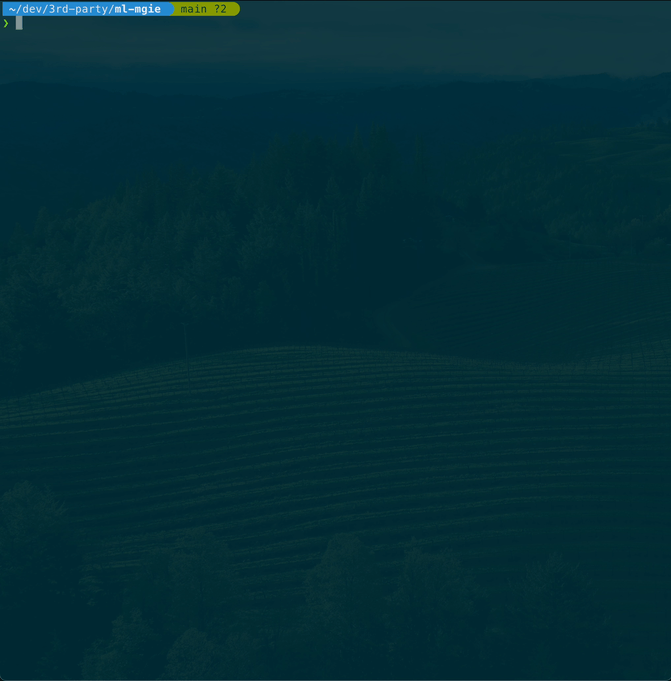开源日报每天推荐一个 GitHub 优质开源项目和一篇精选英文科技或编程文章原文,坚持阅读《开源日报》,保持每日学习的好习惯。
2024年2月9日,开源日报第1100期:
今日推荐开源项目:《hiddify-next》
今日推荐英文原文:《Introducing miniogre: Dockerize Python Applications Effortlessly》

开源项目
今日推荐开源项目:《hiddify-next》传送门:项目链接
推荐理由: 多平台自动代理客户端,支持SING-BOX、X光、TUIC、HYRIA、REALITY、特洛伊木马、SSH等。是一个开源、安全、无广告的产品
直达链接🔗:hiddify.com
英文原文
今日推荐英文原文:[https://dev.to/wilderlopes/introducing-miniogre-dockerize-python-applications-effortlessly-386e](Introducing miniogre: Dockerize Python Applications Effortlessly)
推荐理由:主要介绍 miniogre 开源工具,它旨在简化 Python 应用程序的 Docker 化过程。miniogre 通过自动分析 Python 项目代码库和 README 文件,生成 Dockerfile、requirements.txt 和 SBOM 文件,从而简化了应用程序的安装和部署过程。此外文章还介绍了 miniogre 的工作原理、使用前提、安装和执行方法,以及如何加入 miniogre 社区
Introducing miniogre: Dockerize Python Applications Effortlessly
#python#devops#developers#productivity
In the ever-evolving landscape of software development, the journey from raw code to a fully dockerized application can be fraught with complexity. Enter miniogre, an open-source tool designed to bridge this gap for Python developers. With its minimalist approach, miniogre offers a seamless way to containerize Python applications, bolstering productivity and streamlining deployment processes.
The Essence of miniogre
miniogre stands out by automating the creation of Dockerfiles, requirements.txt, and SBOM files through an intelligent analysis of Python project codebases and README files. This process is powered by the use of generative AI, enabling miniogre to accurately identify dependencies and necessary configurations. The result? A simplified, automated, and efficient path to installing software dependencies and dockerizing applications.
GIF
How miniogre Works
The operation of miniogre is straightforward:
- Project Analysis: It begins by examining the project directory to pinpoint the primary coding language.
- README Evaluation: The README file is thoroughly analyzed to gather insights on the application’s dependencies.
- Automatic File Generation: Based on this analysis, miniogre generates a tailored requirements.txt file, a Dockerfile, and an sbom.json file.
- Docker Image Construction: Subsequently, a Docker image is crafted, encapsulating the application.
- Container Deployment: Finally, an ogre container is deployed, offering a robust environment for the application.
Prerequisites for Using miniogre
To leverage miniogre effectively, users should have Python 3, Docker, and a package installer like pip or pipx ready. Additionally, an OpenAI token is necessary to utilize the GPT-4 model for dependency prediction and file generation (other options, including the hability to user local open models, will be available soon).
Installation and Execution
Getting started with miniogre is hassle-free. After installing it via pip or pipx, developers can simply run miniogre run within their project folder to initiate the dockerization process. For those looking to refine their project's README.md, miniogre also provides a readme command to generate documentation that accurately reflects the source code's functionality.
Join the ogre community
miniogre is supported by ogre.run, a company that is building the next generation of software dependency management. If you want to know more about it, feel free to:
- join ogre’s slack community
- write us on [email protected].
- sign up for our upcoming GitHub app release: ogre.run
Contributions to the source code are welcomed! If you want to become a contributor, visit the miniogre GitHub repository and create a pull request.
miniogre not only simplifies the dockerization process but also invites the broader development community to engage with its ongoing enhancement. By adopting miniogre, developers can significantly reduce the time and effort required to containerize their Python applications, making deployment a breeze. Embrace miniogre, and transform your application dockerization experience into a minimalist, efficient endeavor.
下载开源日报APP:https://openingsource.org/2579/
加入我们:https://openingsource.org/about/join/
关注我们:https://openingsource.org/about/love/
